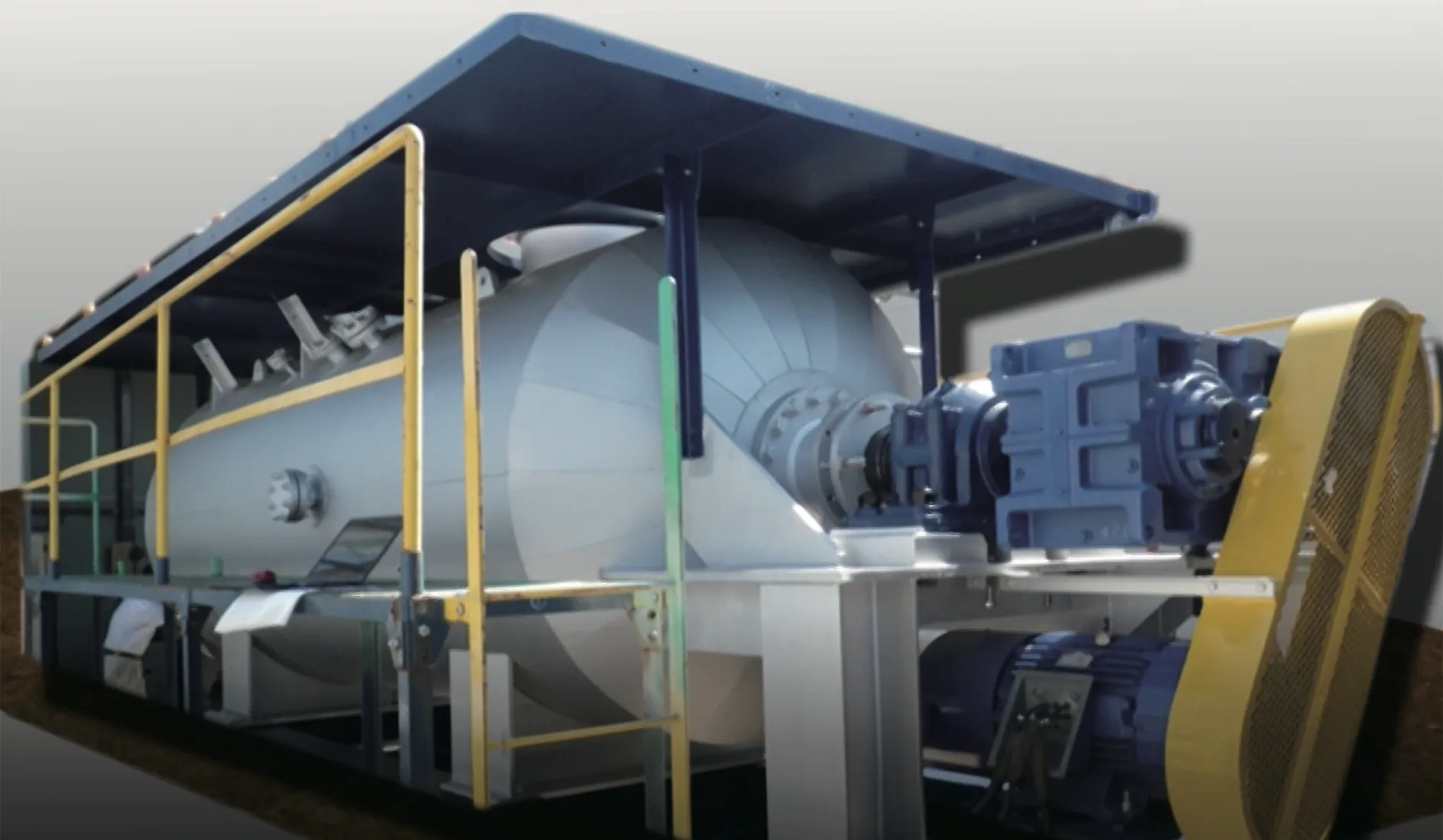Changes in temperature and pressure cause changes in the kinetic energy of molecules, causing water to transform from solid to liquid, and to gas. Liquid and gas phases can coexist at what is known as a "critical point" where the temperature is 375 degrees Celsius at a pressure 22.1 MPa. Beyond this, water achieves a super-critical state. Conversely, water below this threshold, typically 150 degrees Celsius at 0.5 MPa, is called sub-critical. At these sub-critical and super-critical states, water is known possess characteristics, such as the ability to dissolve and hydrolyze non-polar organic compounds, not found in its normal state.
Sub-critical water's main characteristic is its high ion product (Kw=[H+][OH–]). This measures the product of the concentration of hydrogen ions H+ to hydroxide OH– in pure water. At room temperature, the ion product is 10-14(mol/kg)2, but as temperature and pressure rise so too does the ion product. And, at a temperature between 200 – 300 degrees Celsius at high pressures, it increases by a factor of 1000 to 10-11(mol/kg)2. At this point, the concentration of H+ and OH– ions reaches approximately 30 times that of room temperature, which make it act like acids and alkaline catalysts to promote hydrolysis. Hydrolysis then breaks down complex organic compounds to smaller molecules, for example, proteins to amino acids, fats to acetic acids, and carbohydrates to sugars. Because common waste is generally comprised of organic compounds, we see that sub-critical water processing can be effective in its treatment.

The innovative ALIN BOX device can process waste without the need for pre-separation. There are two configurations, the ALIN 5, capable of processing 3.5m³ of waste in one cycle, and the ALIN 10, capable of 7m³.
|
Model
|
ALIN 5
|
ALIN 10
|
|---|---|---|
|
Waste Capacity per Cycle
|
3.5m³
|
7m³
|
|
Tank Capacity
|
5m³
|
10m³
|
|
Dimensions
(Diameter × Length × Height) |
1800φ×5596×5274mm
|
1900φ×7253×6180mm
|
|
Inlet Height
|
1364mm
|
952.5mm
|
|
Exhaust Height
|
2524mm
|
3030mm
|
|
Trestle Height
|
250mm × 2 layers
|
300mm × 2 layers
|
|
Weight
|
13.5t
|
29.5t
|